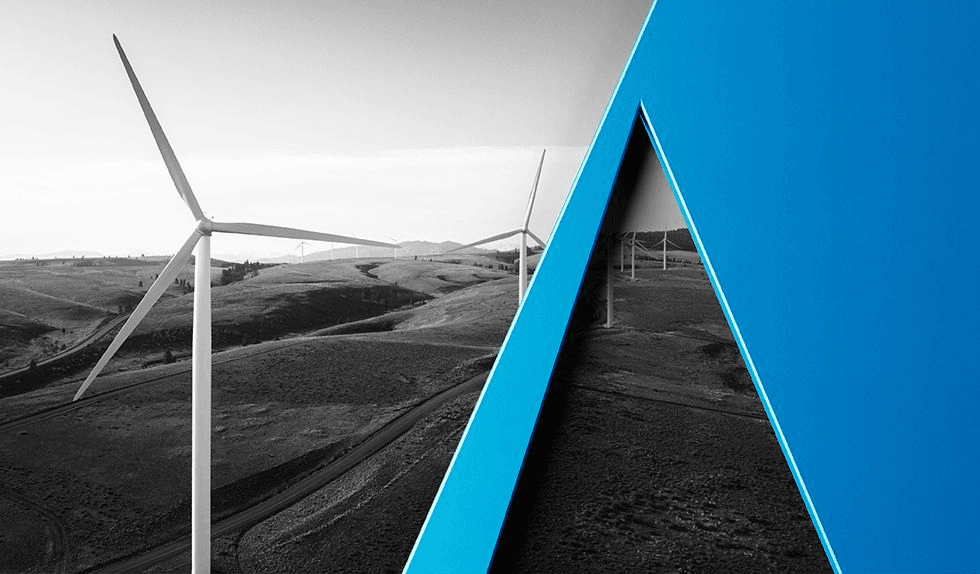On March 2, 2023, a bi-partisan group of Senators introduced a package of legislation dubbed the Hydrogen Infrastructure Initiative aimed at facilitating the build out of the hydrogen infrastructure necessary to transport, store and deliver hydrogen. The Hydrogen Infrastructure Initiative includes four separate pieces of legislation: (i) the Hydrogen for Ports Act (S.647), (ii) the Hydrogen for Industry Act (S.646), (iii) the Hydrogen for Trucks Act (S.648) and (iv) the Hydrogen Infrastructure Finance and Innovation Act (HIFIA) (S.649). While all four bills could play an important role in assisting the development of hydrogen infrastructure in the U.S., HIFIA is likely to be of outsize importance given its focus on addressing one of the most significant barriers to the widespread deployment of clean hydrogen: the ability to cost-effectively transport it from where it is produced to where it will be consumed. Senators Chris Coons (D-DE) and John Cornyn (R-TX) are the initiative’s original co-sponsors.
Hydrogen has a potentially large role to play in decarbonizing numerous sectors of the economy. But unlocking hydrogen’s potential may require it to be transported long distances via pipeline, long considered the most cost effective transportation method. At present, there are roughly 1,600 miles of hydrogen pipelines in the U.S., most of which are concentrated along the Gulf Coast.
If the clean hydrogen economy is truly going to scale up in the next decade to the extent many predict, the U.S. will need to build out many more miles of hydrogen pipelines or convert existing pipelines to carry hydrogen. HIFIA, if passed, would represent a promising first step towards resolving regulatory uncertainties and assisting with financing these energy transition projects. It is modeled off of WIFIA (for water infrastructure), TIFIA (for transit infrastructure) and the recently enacted CIFIA (for carbon transport infrastructure), and is comprised of the following four elements:
1) HIFIA Pilot Program
The bulk of HIFIA is devoted to establishing a pilot program pursuant to which the Department of Energy (DOE) would provide grants, long-term low-cost supplemental loans or technical assistance to hydrogen transport, storage or delivery projects, including new hydrogen pipelines, retrofitted natural gas pipelines that can transport at least a blend of hydrogen and natural gas and rail projects. In selecting projects to receive HIFIA grants or loans, DOE would be required to identify projects that, to the extent practicable, are large capacity, common carrier infrastructure, aid in creating hydrogen economies of scale, and, among other things, generate the greatest benefit to low-income or disadvantaged communities. DOE would be required to coordinate the HIFIA Pilot Program, to the maximum extent practicable, with the Infrastructure Investment and Jobs Act’s $8 billion hydrogen hub program.
2) Broadening Title XVII Innovative Clean Energy Loan Guarantee Program
HIFIA would make clean hydrogen projects eligible to receive a DOE loan guarantee under Title XVII’s Innovative Clean Energy Loan Guarantee Program. Under Title XVII, which is administered by DOE’s Loan Programs Office (LPO), commercial scale, first-of-a-kind projects that reduce greenhouse gas emissions and are defined as “eligible projects” are able to receive DOE-backed loan guarantees. Although Title XVII currently includes “[h]ydrogen fuel cell technology for residential, industrial, or transportation applications” in its definition of eligible projects, HIFIA would substantially broaden Title XVII to include any “[h]ydrogen technologies applicable to 1 or more end-use sectors, such as power generation, transportation, aviation, storage, industrial, and chemicals, including hydrogen fuel.” Given that LPO now has in excess of $60 billion in loan authority under Title XVII to utilize, HIFIA’s expansion of the definition of eligible projects could be a significant boost to hydrogen projects, including hydrogen transport infrastructure. If the program is implemented like CIFIA, we expect the DOE to distribute the funds as low cost loans instead of grants. Applicants will need to be aware of the terms of the loans and particular DOE-specific requirements.
3) Required Regulatory Assessment
HIFIA would require the Federal Energy Regulatory Commission (FERC), Surface Transportation Board (STB) and Pipeline and Hazardous Materials Safety Administration (PHMSA), in coordination with DOE, to perform an assessment of their collective jurisdiction over the siting, construction, safety and regulation of hydrogen transportation infrastructure, including the blending of hydrogen in natural gas pipelines. If the required assessment disclosed that additional authority was needed by the above agencies to support the deployment of hydrogen transport infrastructure, they would be required to submit a report to Congress within 270 days of HIFIA’s enactment identifying what additional authority they required. The agencies would also be responsible for identifying HIFIA pilot projects’ eligibility to recover their costs under FERC or STB regulated rates. HIFIA’s required regulatory assessment could help to resolve areas of considerable uncertainty regarding the regulation of hydrogen pipelines.
4) Hydrogen Pipeline Corridors Study
HIFIA requires DOE, the Environmental Protection Agency and the Council on Environmental Quality, along with other relevant agencies, to conduct a study assessing the potential layout of hydrogen pipeline corridors. The agencies would also be required to consider other aspects of building out hydrogen infrastructure such as costs, the ability to site pipelines within existing linear infrastructure corridors, the impact of hydrogen leakage, a framework for monitoring and reporting hydrogen leakage and the reduction in carbon intensity based on blending various amounts of hydrogen into natural gas.
The Akin Energy team will be tracking HIFIA and other legislative and regulatory developments related to hydrogen transport infrastructure. While there is not sufficient political will to immediately pass these proposals, these bills are likely to come up for debate as Congress works towards reforming federal permitting across energy projects.



